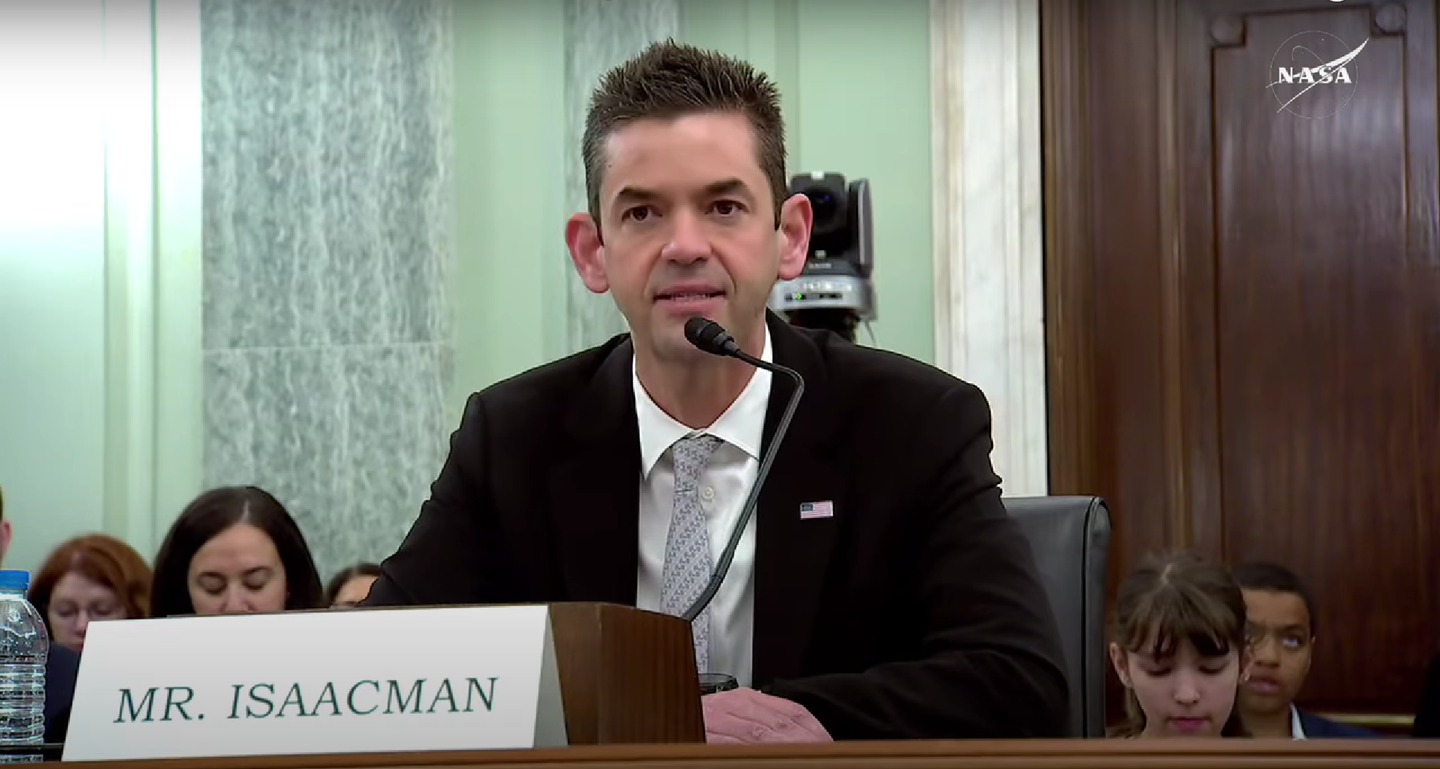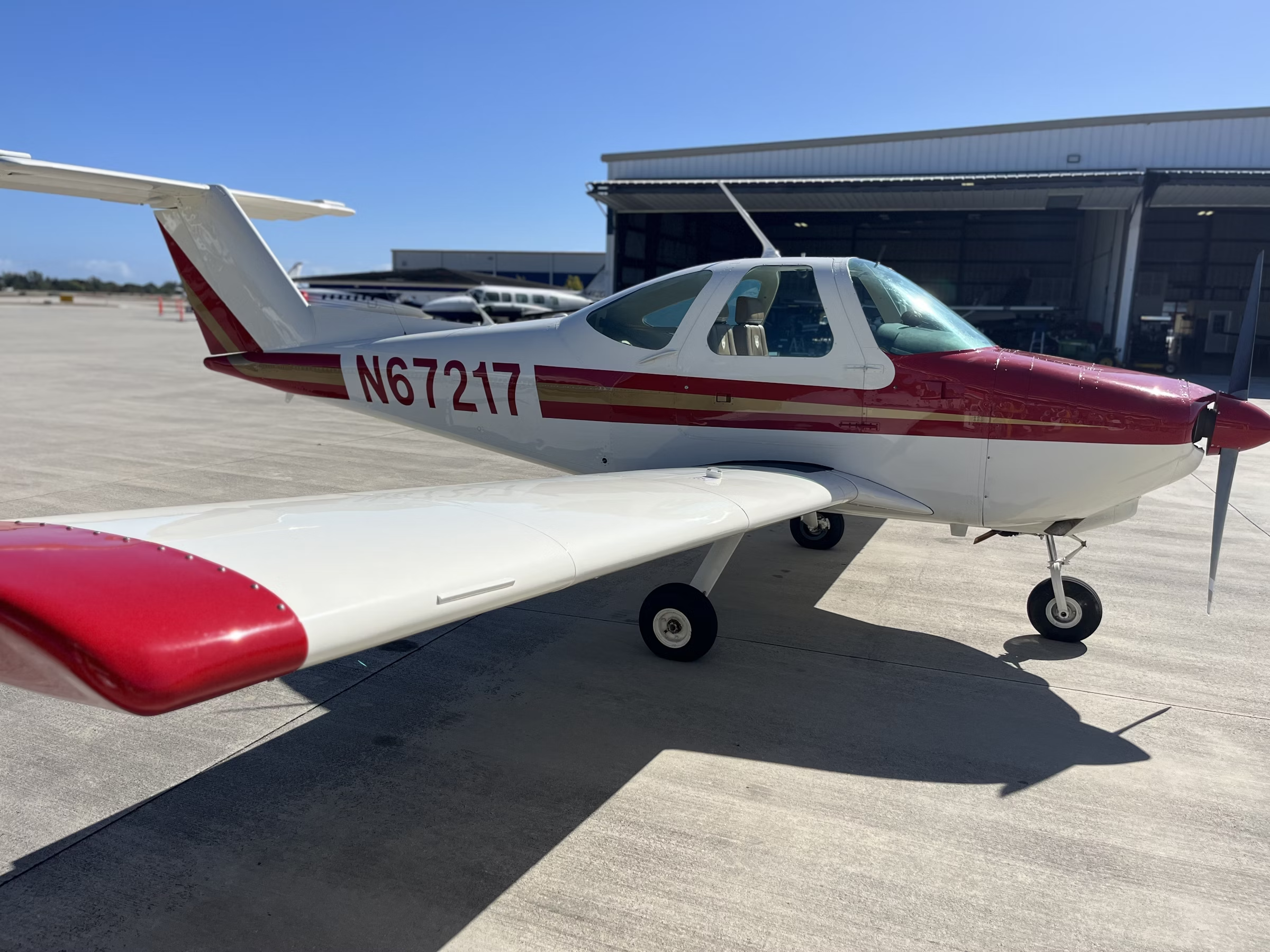FAA Issues Alert on Visual Approach Risks
Agency points to ‘concerning’ number of high-profile incidents during flight operations.

A Boeing 737 on approach. [Credit: Shutterstock]
The FAA has released a new Safety Alert for Operators (SAFO) addressing the risks associated with visual approaches during flight operations. This alert, SAFO 25001, comes in response to several recent high-profile incidents in the National Airspace System (NAS) that have raised concerns about flight safety, according to the agency.
The SAFO, issued on April 2, specifically targets air carrier operators and pilots conducting operations under Part 121 and 135 operations.
“In recent months, several notable and high visibility events have occurred in the National Airspace System (NAS) and the severity of these events is concerning,” the alert states.
The SAFO emphasizes the critical role of effective communication between pilots and air traffic controllers (ATCs) in maintaining safety. It reaffirms the authority of the pilot in command (PIC) to declare “unable” when faced with clearances that may compromise safety margins. This includes situations involving unexpected vectors, airspeed restrictions, or requests that increase pilot workload or risk.
The FAA recommends several strategies for operators and pilots, including:
- Increase vigilance at airports with published visual flight rules (VFR) routes near approach and departure paths.
- Consider requesting instrument approaches to reduce the risk of misalignment and maintain stable approaches.
- Communicate “unable” to ATC if there’s insufficient time to recalculate landing performance, reconfigure avionics, brief new approach procedures, or stabilize the approach.
- Maintain an active visual scan to avoid potential conflicts, especially in situations where ATC may have limited ability to provide traffic information.
The SAFO also calls on aviation personnel to:
- Encourage the reporting of safety issues through voluntary reporting programs.
- Apply Safety Management System (SMS) principles to analyze safety data and assess risks.
- Review existing risk mitigations and determine if additional actions are needed.
- Familiarize themselves with previously published Information for Operators (InFOs), SAFOs, and relevant Advisory Circulars.
The FAA further adds that the NAS “continues to grow in use and complexity,” prompting these efforts.

Sign-up for newsletters & special offers!
Get the latest FLYING stories & special offers delivered directly to your inbox






